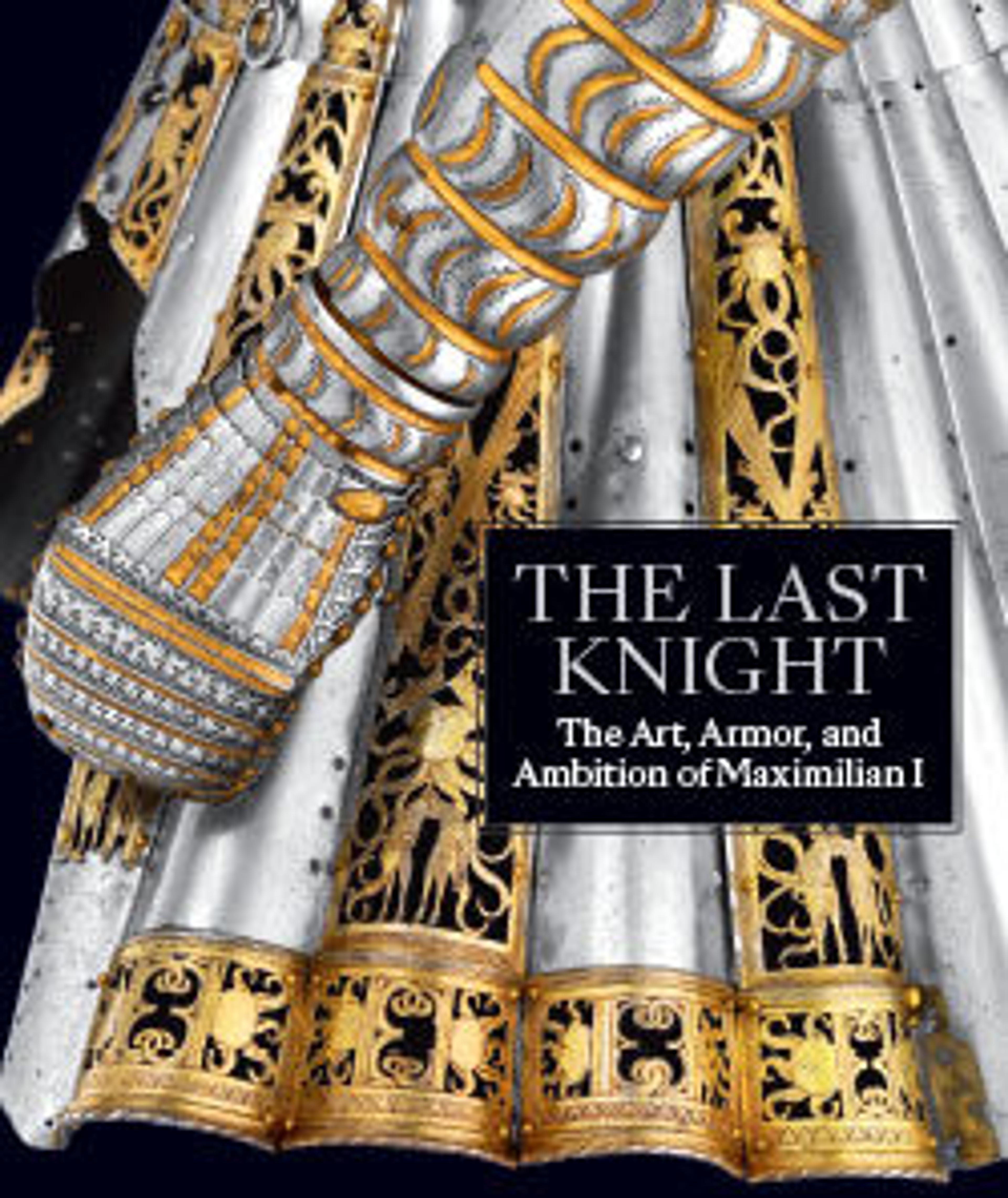Portrait of Emperor Maximilian I
A celebrated printmaker, Weiditz was working as a journeyman in Hans Burgkmair’s workshop by 1518. In this year, Augsburg hosted Maximilian’s final imperial diet, at which Dürer sat with the emperor in a small chamber and drew him from life. From this sensitive drawing came a woodcut and two paintings of Maximilian by Dürer. There are also several woodcut variants after Dürer’s original block. Weiditz’s version is the most elaborate, with Maximilian placed below a fully ornamented archway. The columns are topped by griffins that hold symbols of his authority, such as the imperial crown and coat of arms, as well as Burgundian flints that bind his chain with the Order of the Golden Fleece. Created in the wake of the emperor’s death in 1519, Weiditz’s portrait not only celebrates Maximilian’s power as the direct descendant of Imperial Rome, but also his embrace of Renaissance sensibilities.
Artwork Details
- Title:Portrait of Emperor Maximilian I
- Artist:Hans Weiditz the Younger (German, Freiburg im Breisgau before 1500–ca. 1536 Strasbourg)
- Artist:After Albrecht Dürer (German, Nuremberg 1471–1528 Nuremberg)
- Date:1519
- Medium:Woodcut
- Dimensions:sheet: 21 13/16 x 14 15/16 in. (55.4 x 38 cm)
- Classification:Prints
- Credit Line:The George Khuner Collection, Gift of Mrs. George Khuner, 1975
- Object Number:1975.653.108
- Curatorial Department: Drawings and Prints
More Artwork
Research Resources
The Met provides unparalleled resources for research and welcomes an international community of students and scholars. The Met's Open Access API is where creators and researchers can connect to the The Met collection. Open Access data and public domain images are available for unrestricted commercial and noncommercial use without permission or fee.
To request images under copyright and other restrictions, please use this Image Request form.
Feedback
We continue to research and examine historical and cultural context for objects in The Met collection. If you have comments or questions about this object record, please contact us using the form below. The Museum looks forward to receiving your comments.
